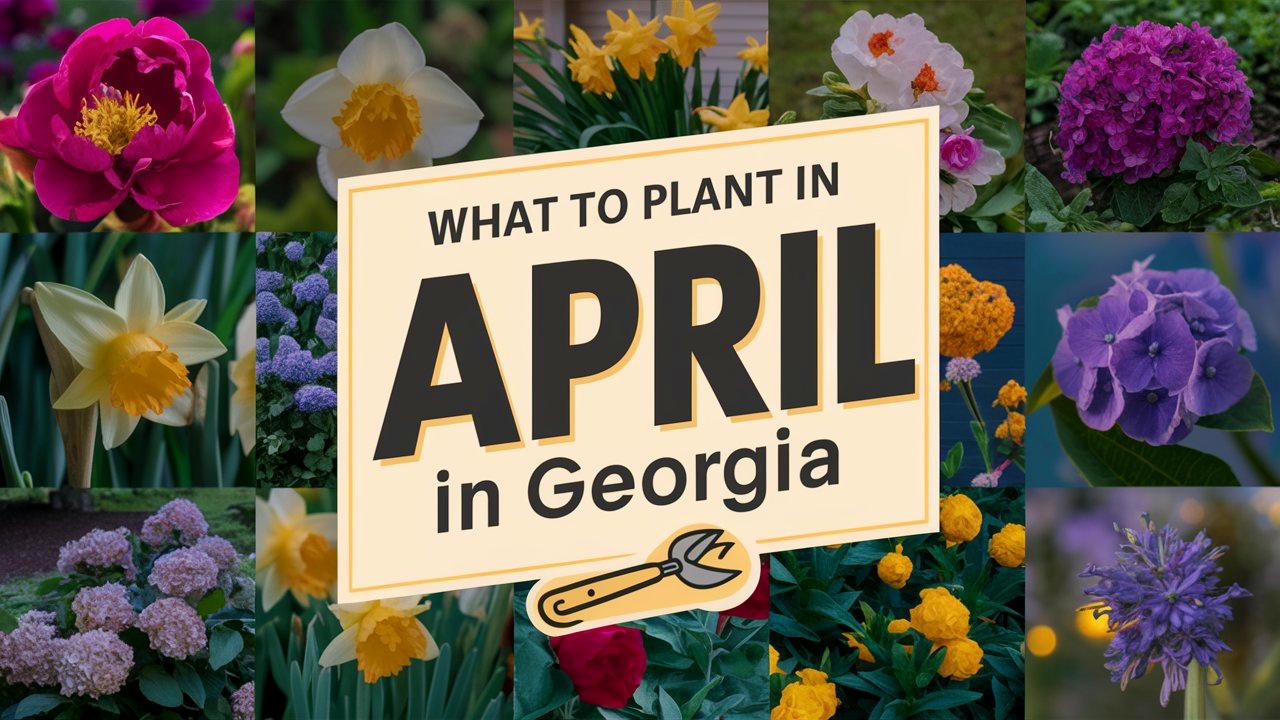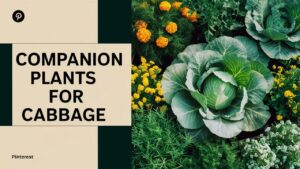As a state that spans several USDA Hardiness Zones, Georgia offers a diverse growing environment. Understanding what to plant in April can elevate your garden’s potential and yield, ensuring you take full advantage of this flourishing time of year.
Whether you’re in the cooler mountains of North Georgia (Zones 6b-7a) or the warmer coastal regions (Zones 8a-9a), there’s something you can plant to thrive in your specific area. This guide will explore a range of plants suitable for each category.
Vegetables To Plant
April is an excellent month for planting a variety of vegetables in Georgia. The soil temperatures are rising, and the last frost date is either passed or nearing, making it ideal for planting both cool and warm-season crops.
Tomatoes
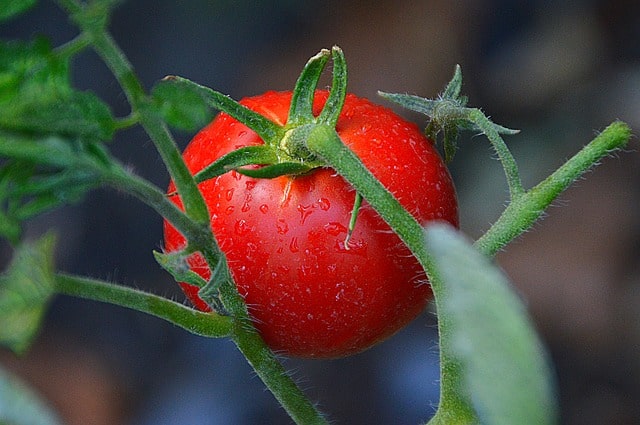
Tomatoes are a staple in many gardens and thrive in Georgia’s warm climate. April is an ideal time to transplant young tomato seedlings outdoors once the danger of frost has passed. They prefer soil temperatures of at least 60°F.
Ideal Zones: 6b-9a
Temperature Tolerance: Tomatoes flourish at daytime temperatures between 70°F to 85°F but can withstand a short dip to 50°F at night.
Planting Tips: Choose disease-resistant varieties and plant them deep—up to the first sets of leaves—to promote strong root systems. Regular watering and mulching can help maintain humidity and reduce weeds.
Bell Peppers
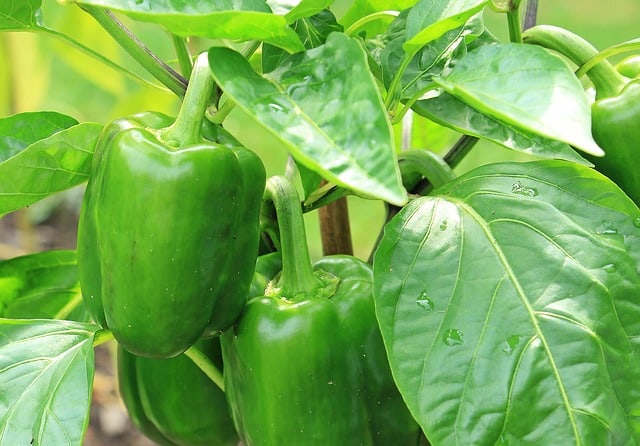
Bell peppers are another warm-season favorite that loves the sunlight and warmth of Georgia. April’s mild weather allows for successful planting.
Ideal Zones: 6b-9a
Temperature Tolerance: Peppers grow best at 70°F to 85°F and do not tolerate frost well, which means they should be planted only after the last frost.
Planting Tips: Start with transplants for quicker fruiting, and consider providing support for taller varieties. Regular feeding with a balanced fertilizer will promote healthy growth.
Cucumbers
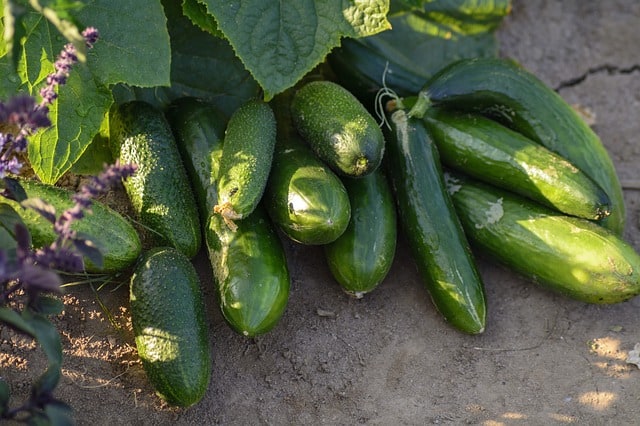
Cucumbers are fast-growing plants that spread quickly, making them perfect for gardeners looking for a bountiful harvest.
Ideal Zones: 6b-9a
Temperature Tolerance: Optimal growth occurs between 70°F to 90°F; temperatures below 60°F can stunt germination.
Planting Tips: Sow seeds directly into the ground after the last frost or transplant young seedlings. Provide plenty of sunlight and space for vining varieties to climb.
Green Beans

Planting green beans in April offers a delicious return in a short time frame. They are prolific and uncomplicated to grow.
Ideal Zones: 6b-9a
Temperature Tolerance: Beans thrive in temperatures of 70°F to 85°F.
Planting Tips: They prefer well-drained soil and can be sown directly into the ground. Consider planting different varieties for staggered harvests.
Squash (Summer and Winter)
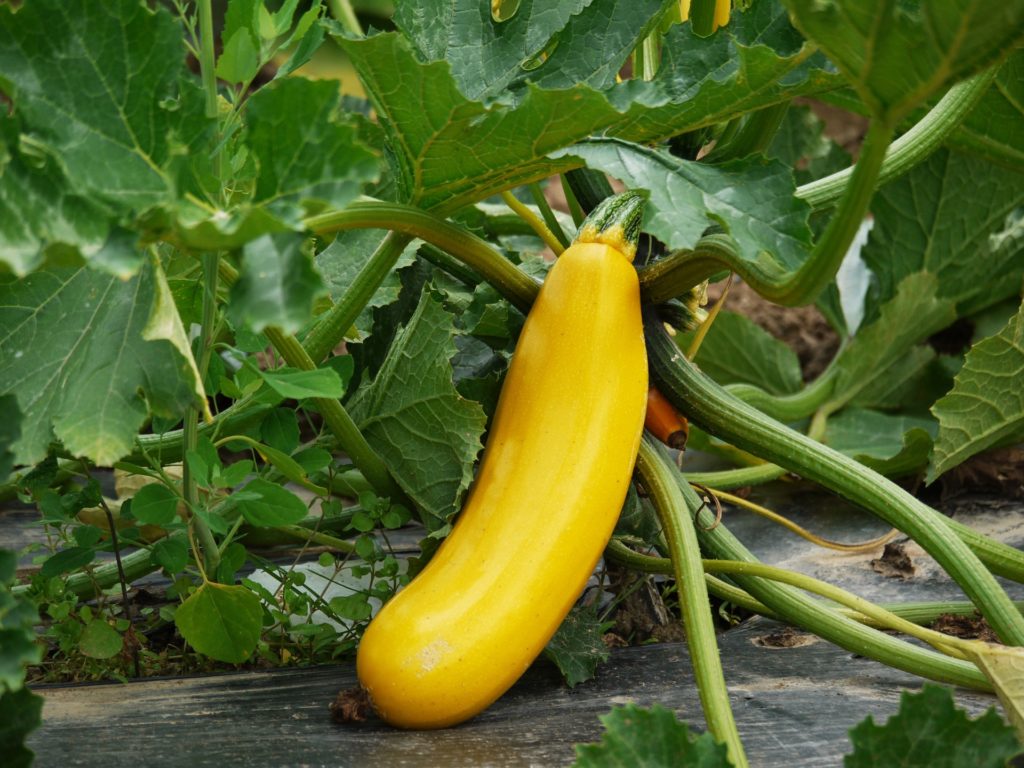
Both summer and winter squash varieties can be planted in April, providing a robust harvest.
Ideal Zones: 6b-9a
Temperature Tolerance: Comfortable growing temperatures range from 70°F to 95°F.
Planting Tips: Use planting hills to improve drainage and ensure proper spacing. Watch out for pests, especially for summer squash.
Radishes
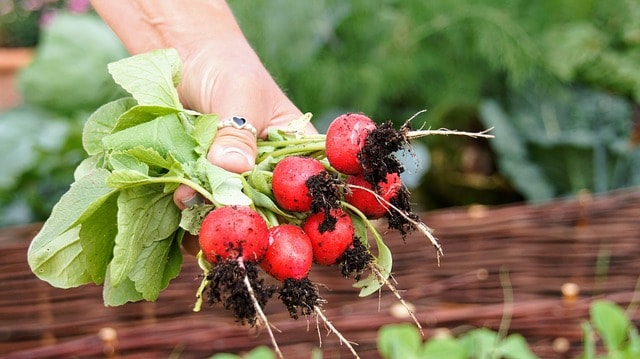
These quick-growing, crunchy vegetables can be seeded directly into the ground in early April.
Ideal Zones: 6b-9a
Temperature Tolerance: Radishes prefer cool weather, thriving at temperatures between 50°F and 70°F.
Planting Tips: Direct sow every couple of weeks for continuous harvest. Water regularly to keep the soil moist for crisp roots.
Lettuce
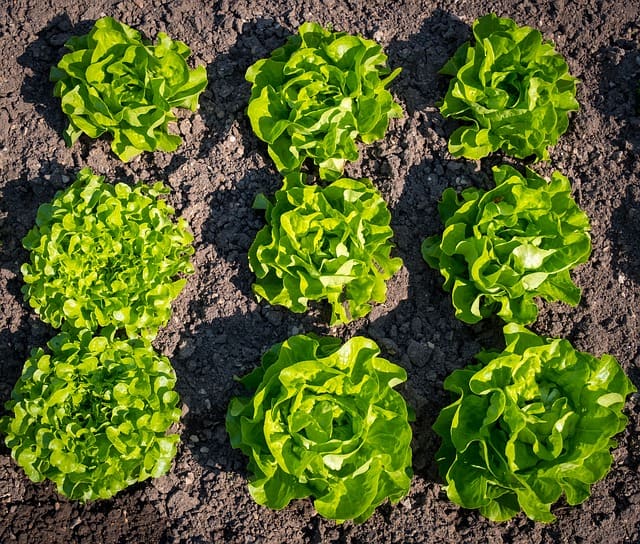
Lettuce is a cool-season crop that can be planted in April, especially in the cooler parts of Georgia.
Ideal Zones: 6b-8a
Temperature Tolerance: Lettuce thrives at temperatures below 75°F, so make sure to plant early in the month.
Planting Tips: Opt for various types like romaine, leaf, or butterhead to enhance your salads, transplant seedlings or sow seeds directly. Shade cloth can protect them from mid-spring heat.
Carrots
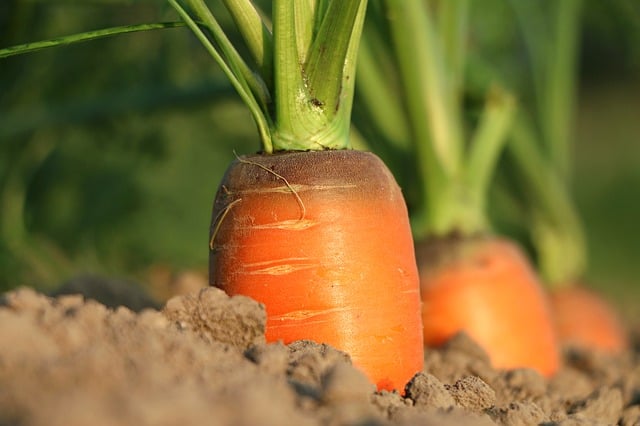
Another root vegetable perfect for April, carrots can be sown directly into garden beds.
Ideal Zones: 6b-9a
Temperature Tolerance: Carrots thrive in cool conditions, with an ideal range of 50°F to 70°F.
Planting Tips: Plant seeds directly into loose soil to allow root expansion. Consistent moisture is key to preventing stunted growth or splitting.
Beets
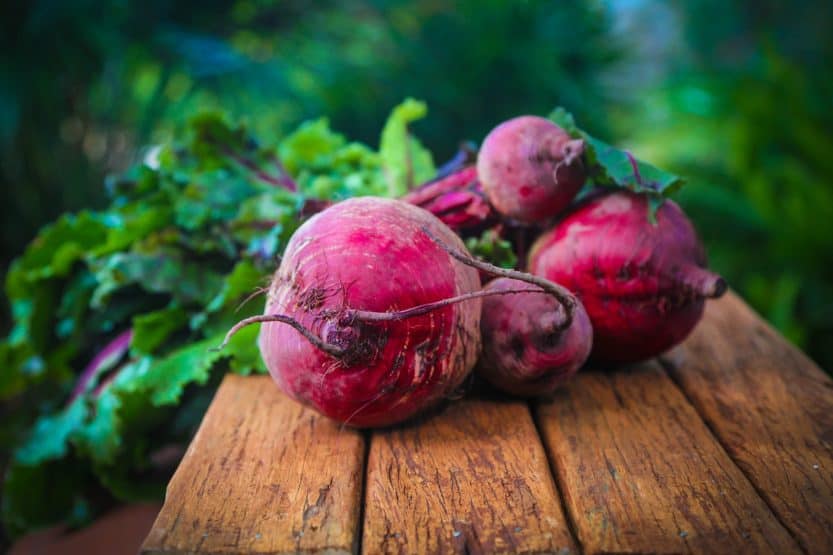
These colorful root vegetables can be planted starting in April. Beets are versatile, offering both nutritious roots and greens.
Ideal Zones: 6b-9a
Temperature Tolerance: Best in cool temperatures between 50°F and 80°F.
Planting Tips: Seed directly into prepared soil. Ensure the soil is well-drained and rich in organic matter for optimal growth.
Sweet Potatoes
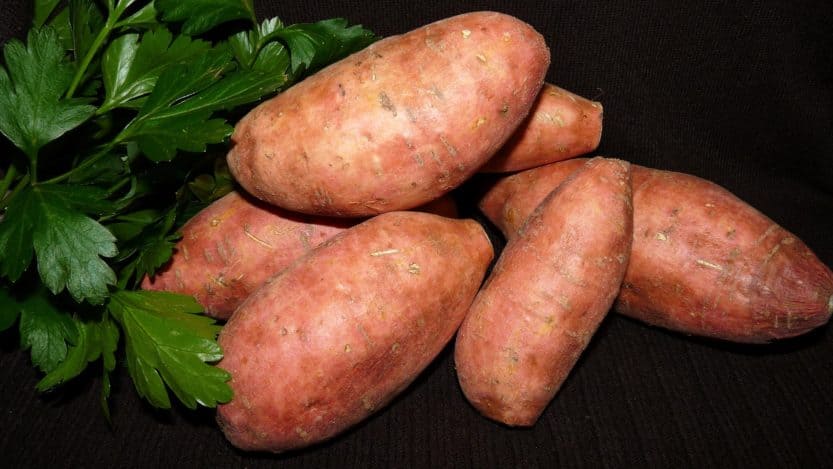
Sweet potatoes love warm weather, and late April is the perfect time to transplant slips into the ground.
Ideal Zones: 7a-9a
Temperature Tolerance: These tubers require soil temperatures at least 65°F to grow effectively.
Planting Tips: Choose disease-resistant varieties and plant slips in well-drained soil. Incorporate organic mulch to retain moisture and discourage weeds.
Flowers To Plant
April heralds the perfect opportunity to plant various flowers in Georgia. With the last frost behind us, gardeners can begin to beautify their landscapes and gardens.
Marigolds
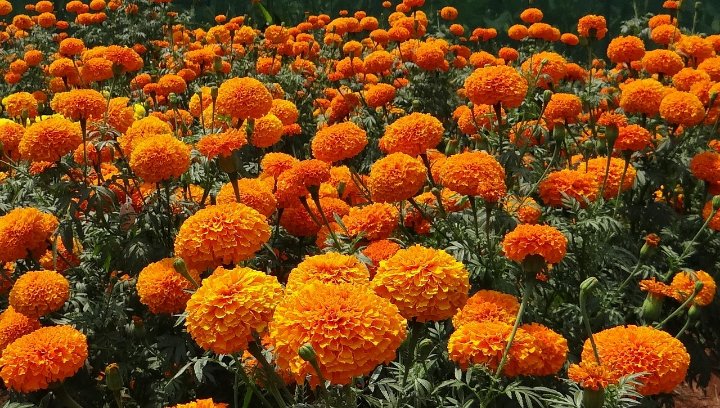
These vibrant, hardy annuals can brighten any garden and deter pests.
Ideal Zones: 6b-9a
Temperature Tolerance: Marigolds are tolerant of warm temperatures and thrive between 70°F to 90°F.
Planting Tips: They can be directly seeded after the last frost. Regular deadheading promotes continuous blooming throughout summer.
Impatiens

Perfect for shady spots, impatiens bring color to areas where many other flowers might struggle.
Ideal Zones: 6b-9a
Temperature Tolerance: Best suited to temperatures of 60°F to 80°F, making them ideal for April planting.
Planting Tips: Transplant seedlings or sow seeds in fertile soil with good drainage. These flowers require consistent moisture.
Snapdragons
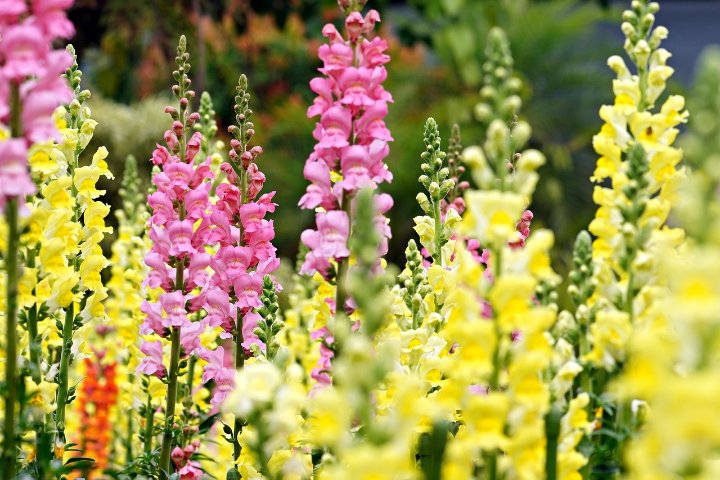
Snapdragons add vertical height and texture to your garden beds.
Ideal Zones: 6b-8a
Temperature Tolerance: They appreciate cooler temperatures, thriving best at 60°F to 75°F.
Planting Tips: Seed directly in spring or transplant started plants. Pinching back blooms encourages bushier growth.
Petunias

Petunias are prolific bloomers that tolerate the Georgia heat, making them ideal for spring planting.
Ideal Zones: 6b-9a
Temperature Tolerance: These annuals thrive best in the warmth of temperatures from 70°F to 80°F.
Planting Tips: Space them adequately for good air circulation. Regular deadheading will keep them blooming throughout the season.
Zinnias
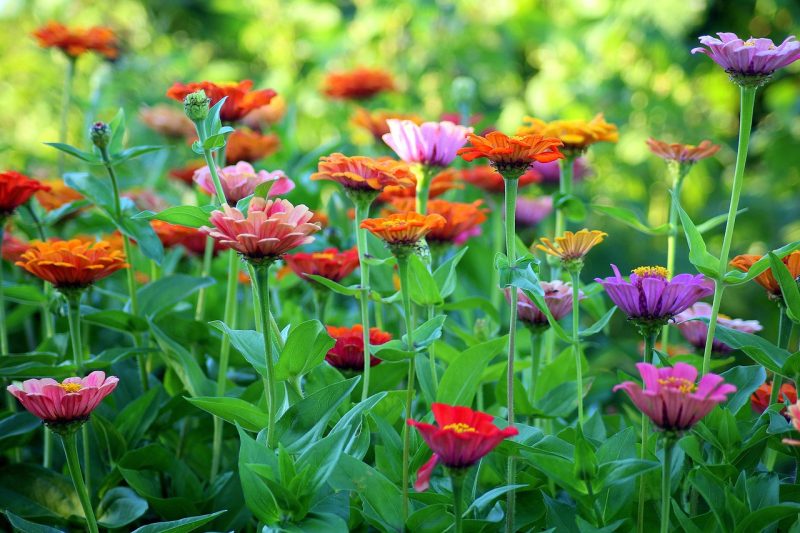
Zinnias are easy to grow, come in a variety of colors, and attract pollinators.
Ideal Zones: 6b-9a
Temperature Tolerance: They flourish in warm weather and are most productive at 70°F to 90°F.
Planting Tips: Direct sow seeds in well-drained, sunny locations or transplant seedlings. The more you cut them, the more blooms you’ll get!
Coreopsis
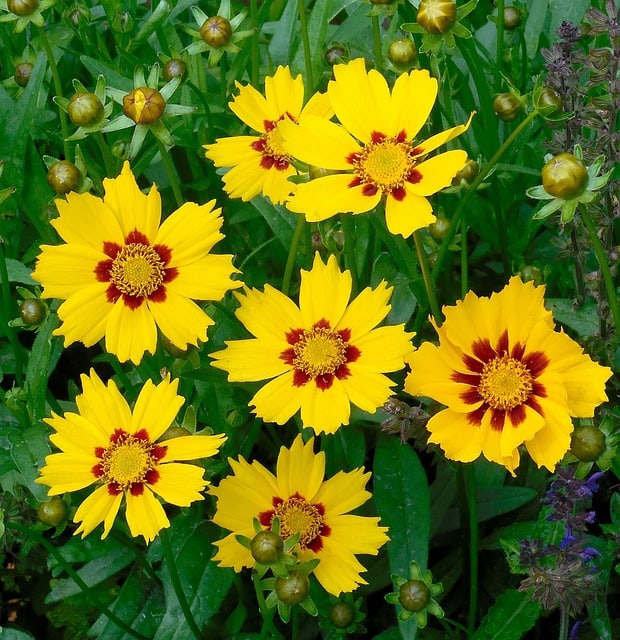
Known for their daisy-like flowers, coreopsis is drought-resistant and requires minimal care.
Ideal Zones: 6b-9a
Temperature Tolerance: They perform well in warm weather and can handle brief dry spells once established.
Planting Tips: Space out plantings to avoid overcrowding. Regular division every few years can promote healthy growth.
Daisies
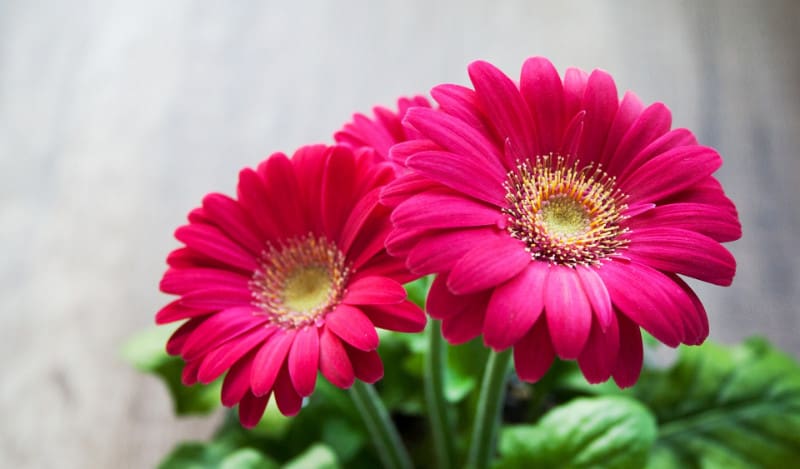
Daisies provide a classic look with their cheerful blooms and are adaptable to various soils.
Ideal Zones: 6b-9a
Temperature Tolerance: Best grown at temperatures between 60°F and 80°F.
Planting Tips: They thrive in well-drained soil and benefit from light pruning to encourage fuller growth after blooming.
Lavender
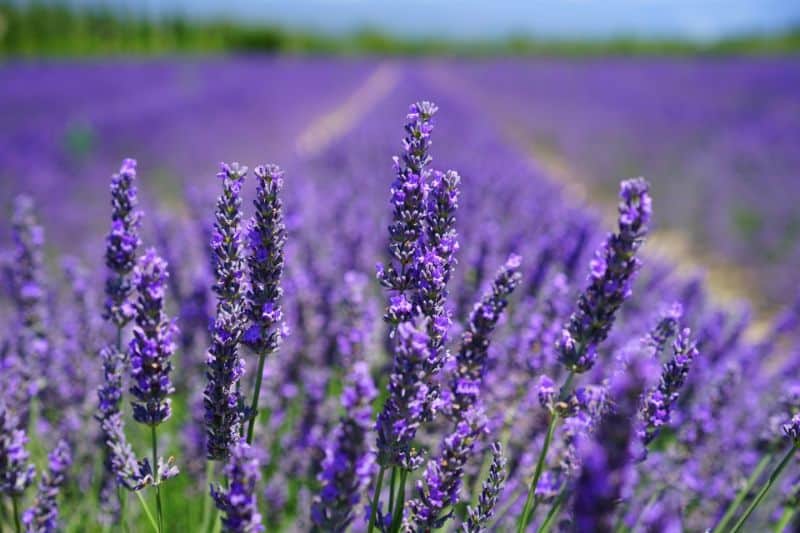
Lavender adds fragrance and color to the garden while attracting pollinators.
Ideal Zones: 7a-9a
Temperature Tolerance: It thrives in warmer temperatures, preferring around 70°F to 80°F.
Planting Tips: Plant in well-drained soil and full sunlight; provide some protection from excessive humidity.
Black-eyed Susans
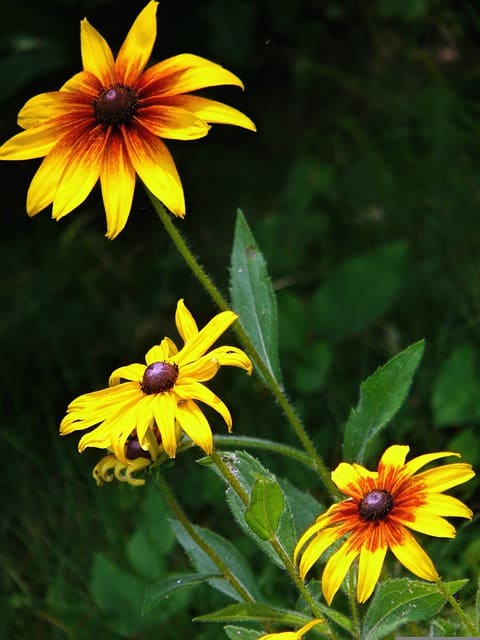
These hardy perennials are excellent for naturalizing and require minimal maintenance.
Ideal Zones: 6b-9a
Temperature Tolerance: Best suited for temperatures from 60°F to 90°F.
Planting Tips: Should be planted in sunny areas; they are drought-tolerant once established and provide stunning color year-round.
Foxglove
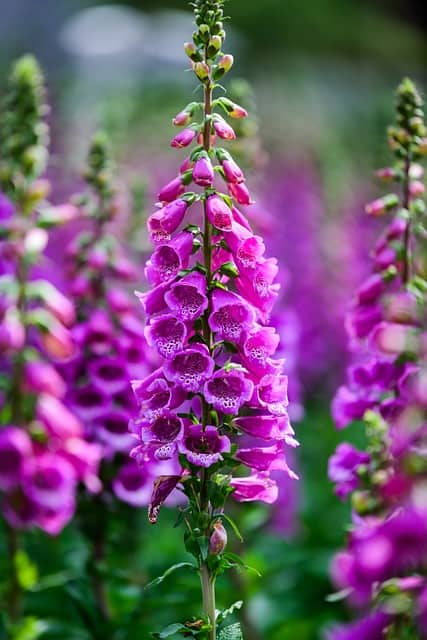
Foxglove, with its tall spikes of tubular flowers, can add dramatic height to borders.
Ideal Zones: 6b-8a
Temperature Tolerance: Prefers cooler temperatures, ranging from 60°F to 75°F.
Planting Tips: Direct sow or transplant seedlings in shady areas; this biennial will bloom the second year after planting.
Herbs To Plant
April is a perfect month to start an herb garden, as many herbs thrive in the warming weather. Here are ten herbs that can be successfully planted in Georgia this month.
Basil
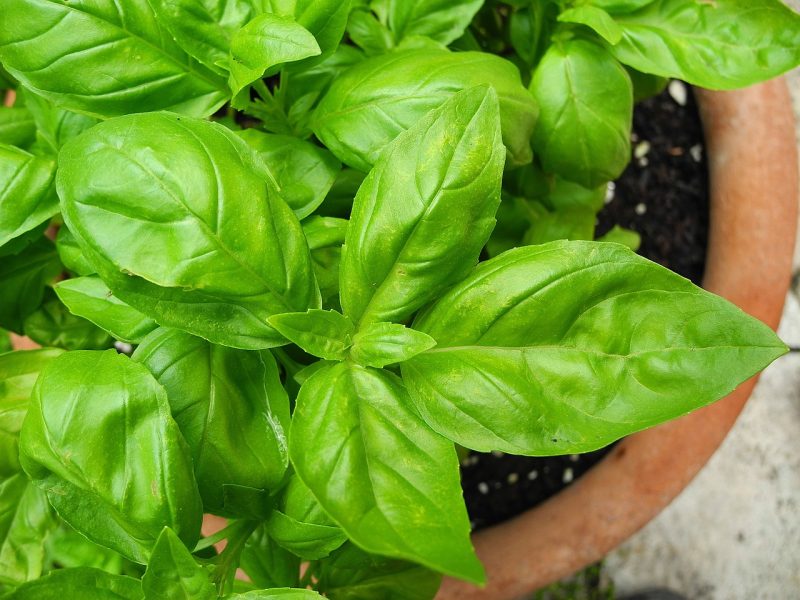
Basil is a favorite among many gardeners for its aromatic leaves, essential for culinary dishes.
Ideal Zones: 6b-9a
Temperature Tolerance: Thrives best in temperatures of 70°F to 85°F.
Planting Tips: Transplant seedlings when the soil temperature reaches about 65°F. Regular harvesting encourages bushier plants.
Cilantro
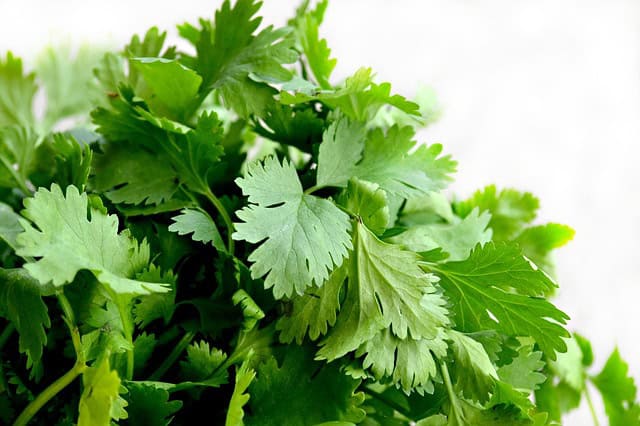
Cilantro grows quickly and can be harvested multiple times throughout its growing season.
Ideal Zones: 6b-9a
Temperature Tolerance: Prefers cooler weather, flourishing at 50°F to 70°F.
Planting Tips: Direct sow seeds into well-drained soil to allow for quick germination. Once you see flowers, collect seeds before they scatter.
Chives
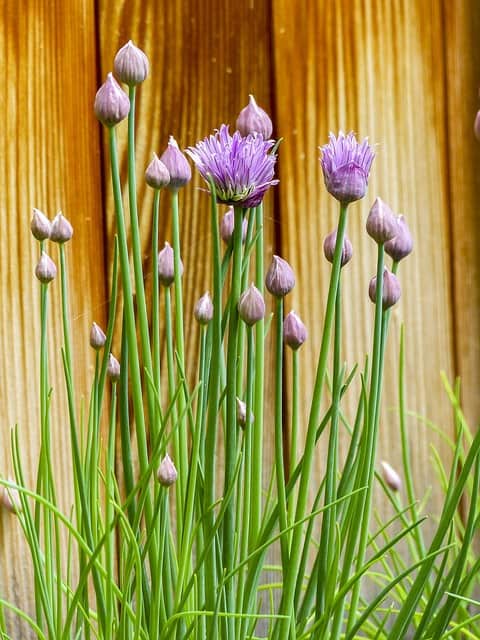
Chives are hardy perennials that can add flavor to dishes. They are also one of the first herbs to emerge in spring.
Ideal Zones: 6b-9a
Temperature Tolerance: They can tolerate temperatures from 50°F to 80°F.
Planting Tips: Chives can be seeded directly or divided from existing plants. Trim back after flowering for continued growth.
Oregano
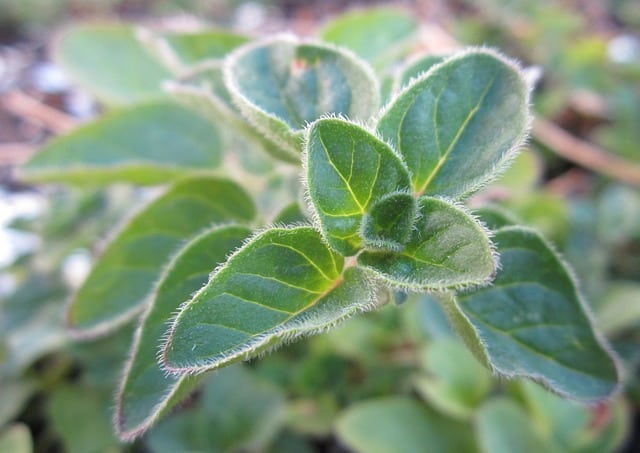
Oregano is a drought-tolerant perennial that thrives in full sun and well-drained soil.
Ideal Zones: 6b-9a
Temperature Tolerance: They prefer warm temperatures, thriving between 70°F to 85°F.
Planting Tips: Start with seedlings or rooted cuttings to ensure success. Harvest leaves regularly to promote bushier growth.
Thyme
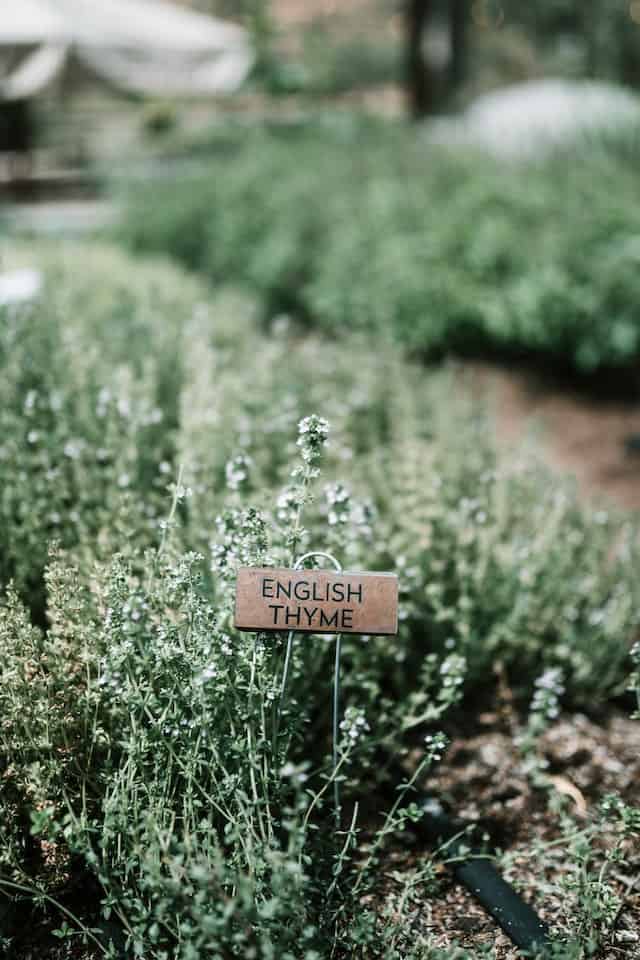
Thyme is versatile and resilient, and its many varieties can fit into any culinary garden.
Ideal Zones: 6b-9a
Temperature Tolerance: Prefers temperatures of 60°F to 80°F.
Planting Tips: Plant in well-drained soil and full sun. Once established, thyme is drought-tolerant, requiring minimal watering.
Mint
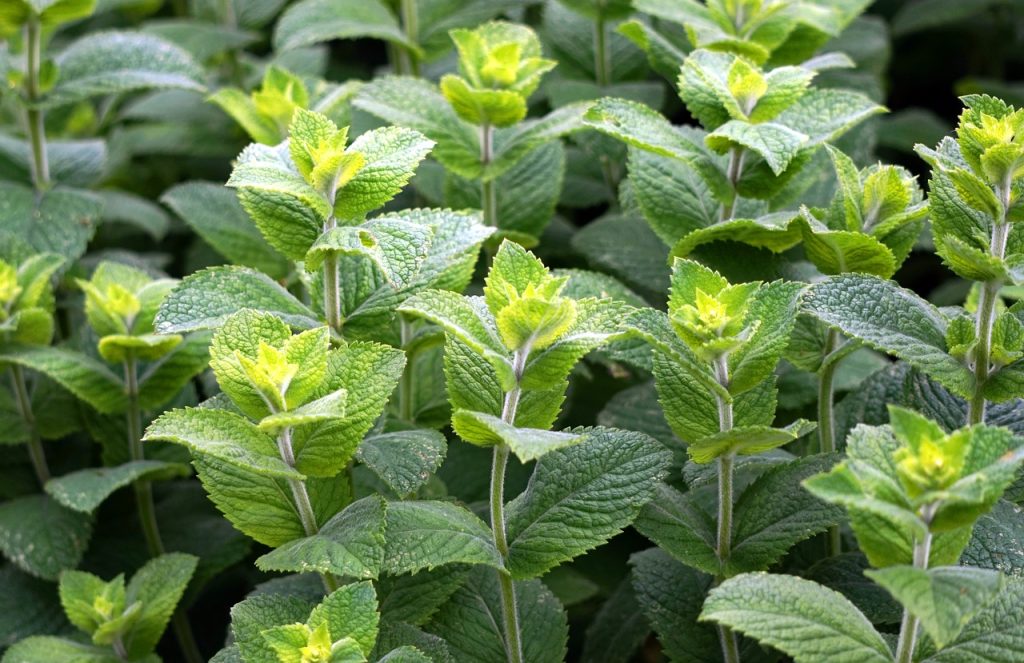
Mint is vigorous and can easily take over garden space, so it’s best to contain it in pots.
Ideal Zones: 6b-9a
Temperature Tolerance: Best at 60°F to 75°F; it does not tolerate extreme heat well.
Planting Tips: Plant in containers to control their spread and provide regular watering to maintain foliage density.
Dill
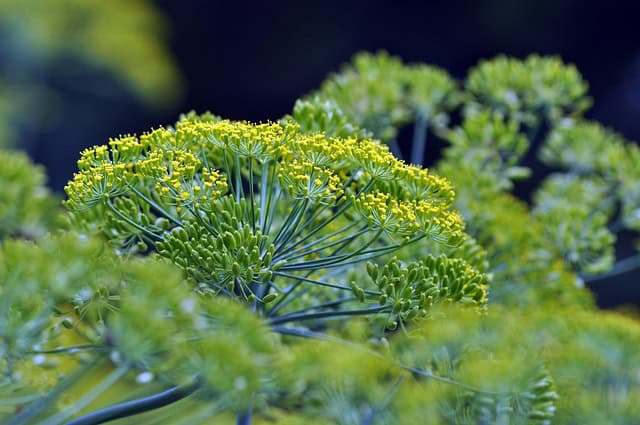
Dill grows quickly and is easy to start from seed, making it an excellent choice for first-time herb gardeners.
Ideal Zones: 6b-9a
Temperature Tolerance: Thrives best at temperatures from 60°F to 75°F.
Planting Tips: Directly seed dill into garden beds. As it matures, you can use the leaves in cooking or allow some plants to go to seed for future crops.
Rosemary
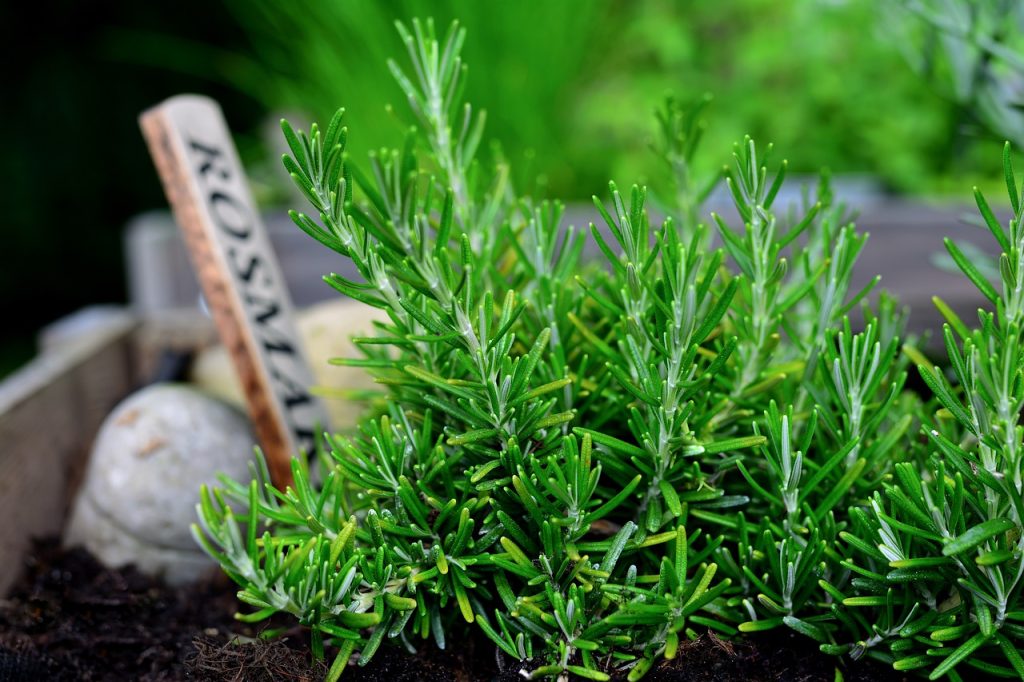
Rosemary is a drought-tolerant perennial that thrives in warm sunny areas, making it a great addition to Georgia gardens.
Ideal Zones: 7a-9a
Temperature Tolerance: Prefers heat, thriving in temperatures of 70°F to 80°F.
Planting Tips: Ensure good drainage; heavy clay soils can hinder growth. Prune regularly for bushiness and to avoid woody stems.
Parsley
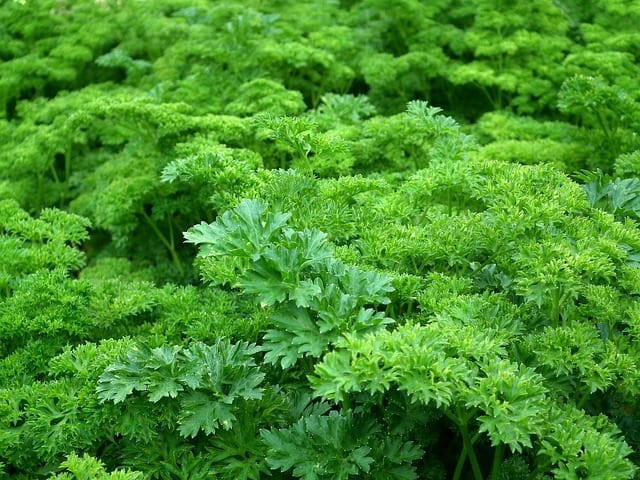
Parsley can be grown as an annual in the warmer regions or biennially in cooler zones.
Ideal Zones: 6b-9a
Temperature Tolerance: Prefers moderate temperatures of 60°F to 75°F.
Planting Tips: Sow seeds in well-drained soil or start indoors; regularly harvest leaves to encourage further growth.
Tarragon
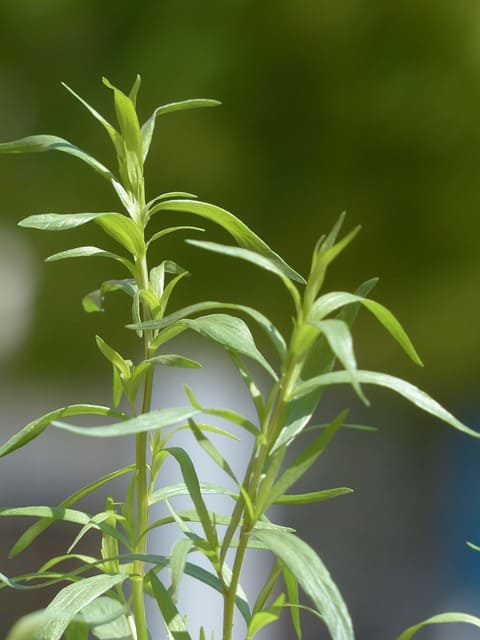
French tarragon is a culinary favorite known for its anise-like flavor.
Ideal Zones: 7a-9a
Temperature Tolerance: Thrives in conditions between 65°F and 80°F.
Planting Tips: Plant divisions or cuttings; tarragon does not readily produce seeds. The plant prefers well-drained soil and some afternoon shade in summer.
Landscape Plants To Plant In April
With ample rainfall and warmth, April provides a fantastic opportunity to plant a variety of landscape plants that can enhance the aesthetic appeal of your yard. Selecting the right plants for the climate and soil conditions of Georgia ensures a vibrant landscape.
Azaleas
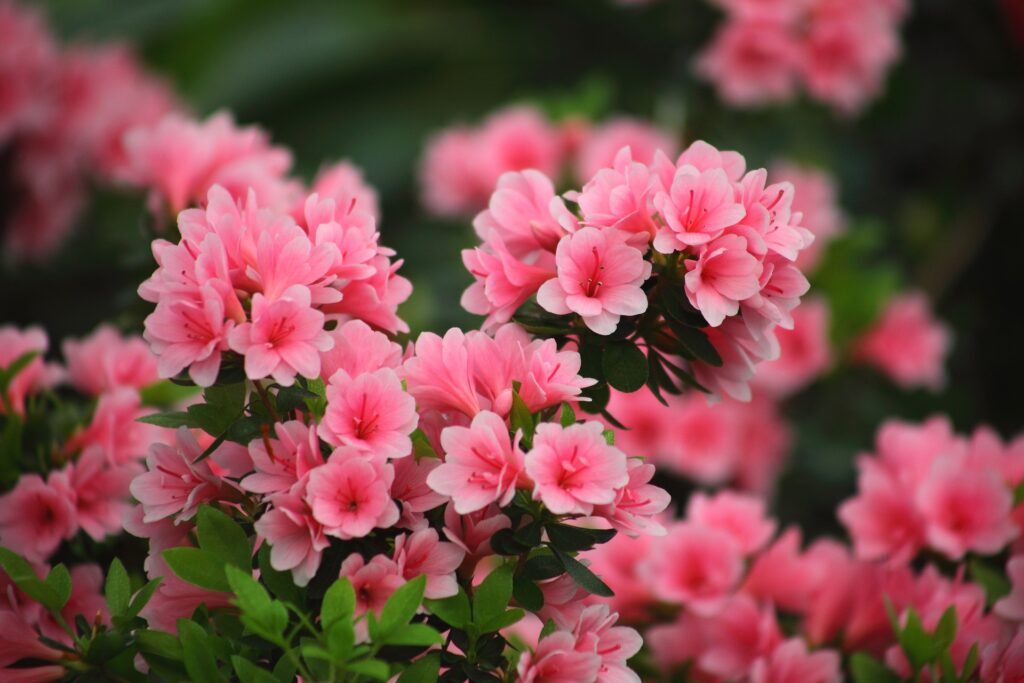
Azaleas are beloved for their stunning spring blooms, making them a classic choice for Georgia gardens.
Ideal Zones: 7a-9a
Temperature Tolerance: Prefer moderate temperatures between 60°F and 75°F; protecting roots from extreme heat is essential.
Planting Tips: Plant them in slightly acidic, well-draining soil with some shade during the hottest parts of the day.
Hydrangeas
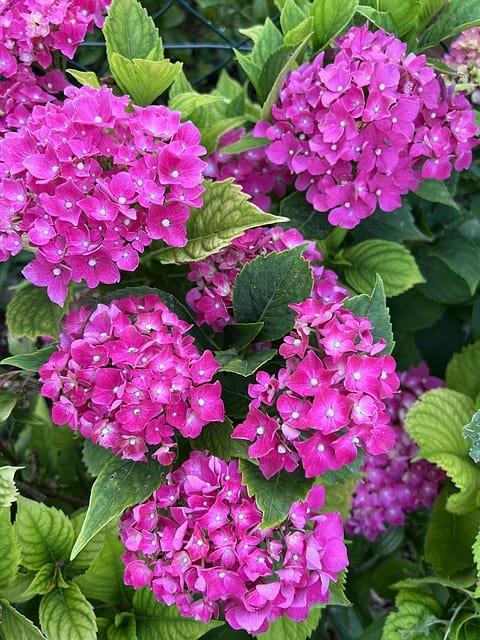
Hydrangeas add substantial beauty with their large, vivid blooms in a variety of colors.
Ideal Zones: 6b-9a
Temperature Tolerance: They’re adaptable but prefer temperatures of 60°F to 80°F.
Planting Tips: Choose a spot with filtered sun and amend soil with organic matter. Prune only as needed to promote growth.
Dogwoods
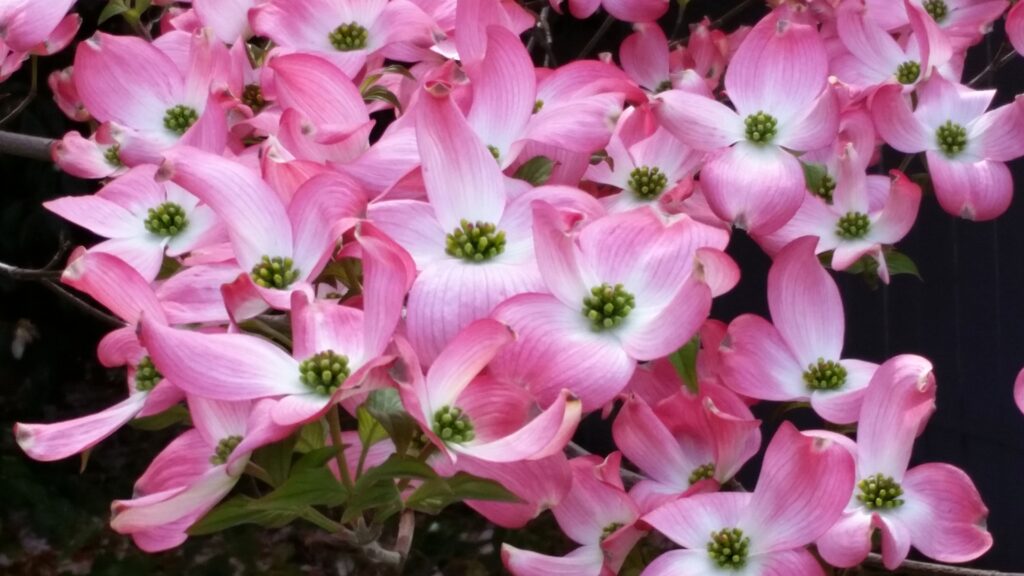
Flowering dogwoods are exquisite trees that provide striking blooms in spring and vibrant foliage in fall.
Ideal Zones: 6b-9a
Temperature Tolerance: These trees thrive in moderate temperatures and can withstand brief cold spells.
Planting Tips: They prefer moist, well-drained soil and partial shade for optimal growth.
Japanese Maples
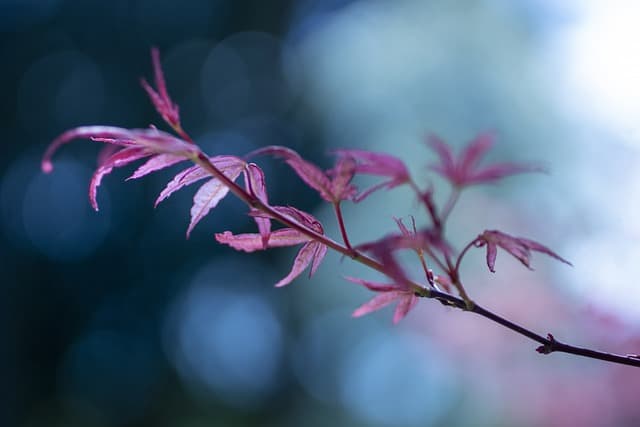
These ornamental trees are prized for their unique leaf shapes and stunning colors, especially in the fall.
Ideal Zones: 6b-9a
Temperature Tolerance: They thrive in a range of temperatures but prefer moderate conditions.
Planting Tips: Plant in well-drained soil and provide some afternoon shade to prevent leaf scorch.
Camellias
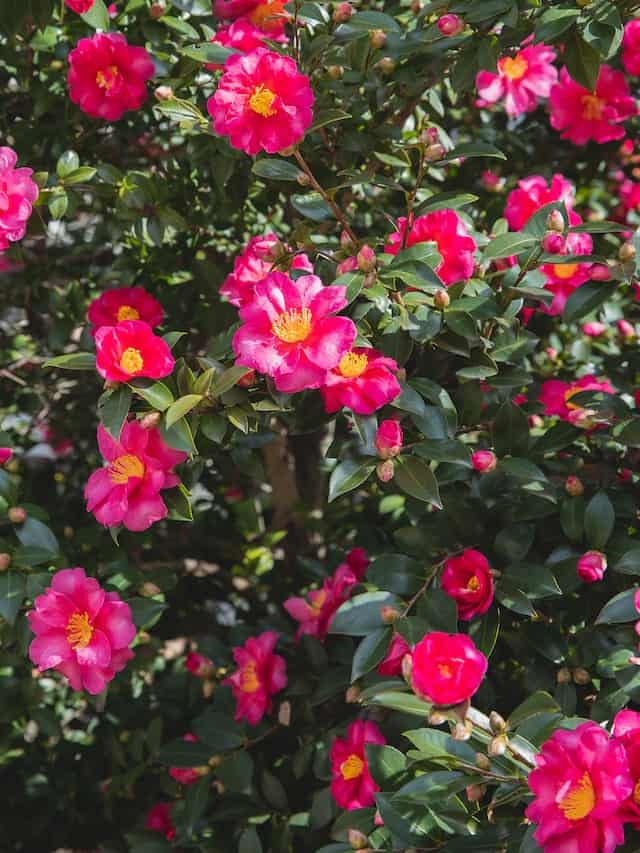
Camellias produce beautiful blooms from late winter into spring, offering elegance to gardens in Georgia.
Ideal Zones: 7a-9a
Temperature Tolerance: They prefer moderate temperatures but can tolerate short cold snaps.
Planting Tips: Plant in well-drained, acidic soil with protection from harsh winds for ideal health.
Liriope
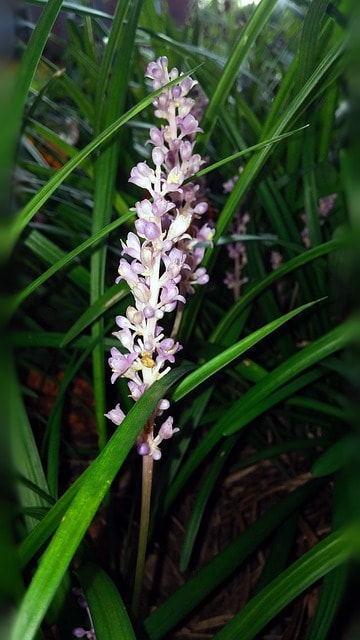
Liriope, often known as monkey grass, is a versatile choice for landscaping, perfect for borders or as ground cover.
Ideal Zones: 6b-9a
Temperature Tolerance: This durable plant thrives in a wide temperature range, from 40°F to 90°F.
Planting Tips: Prefers well-drained soil and can thrive in sunny or shaded areas. Regular division promotes healthy growth.
Daylilies
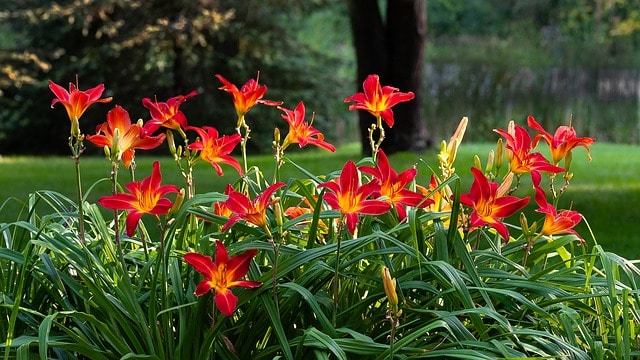
Daylilies provide a burst of color from early summer through fall and are relatively low-maintenance.
Ideal Zones: 6b-9a
Temperature Tolerance: They thrive in full sunlight and do well in temperatures from 60°F to 90°F.
Planting Tips: Plant in well-drained soil; they are drought-tolerant once established and should be divided every few years.
Boxwoods
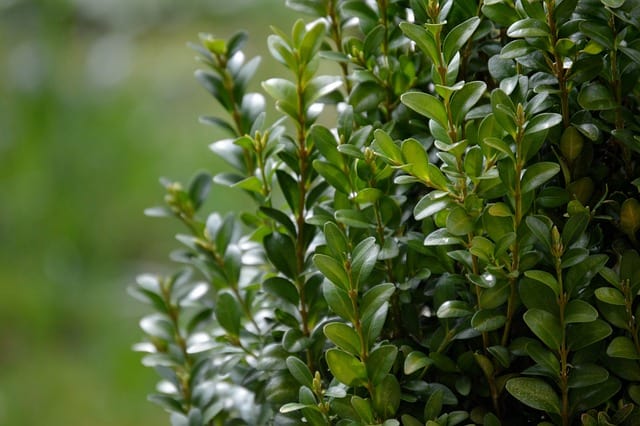
Boxwoods are coveted for their versatility in shaping and their evergreen foliage, offering year-round greenery.
Ideal Zones: 6b-9a
Temperature Tolerance: Boxwoods thrive best in moderate, well-drained soil.
Planting Tips: Regular pruning helps maintain shape, and adequate watering during dry periods is essential.
Butterfly Bush
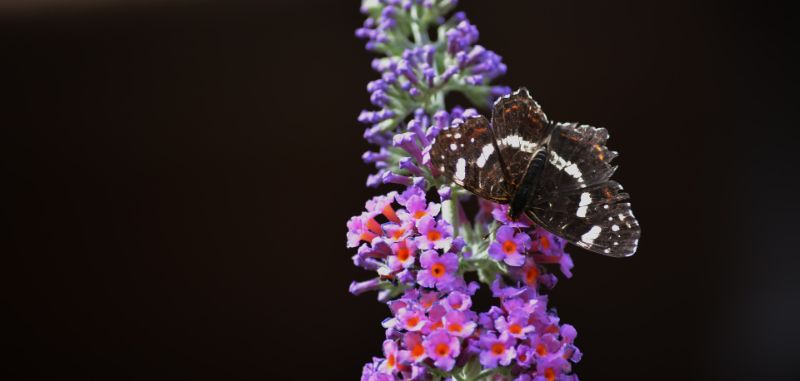
Attracting butterflies with its fragrant blooms, the butterfly bush is ideal for sunny spots in the garden.
Ideal Zones: 6b-9a
Temperature Tolerance: Grows best in warm temperatures, from 70°F to 85°F.
Planting Tips: Requires full sun and well-drained soil; deadheading will encourage more blooms.
Jasmine
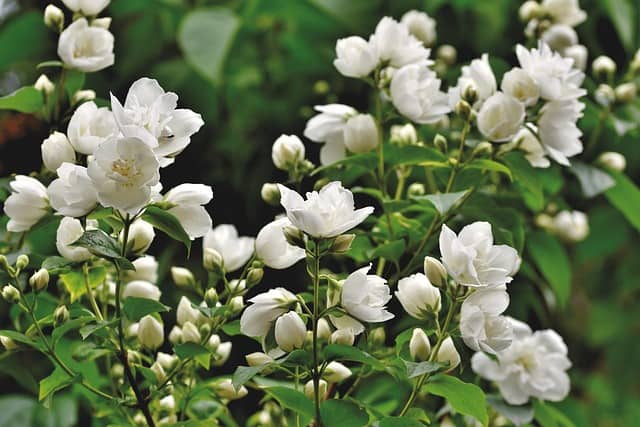
Jasmine adds both fragrance and beauty to gardens, known for its pretty blooms and vining habit.
Ideal Zones: 7a-9a
Temperature Tolerance: Prefers warm temperatures, thriving at 65°F to 80°F.
Planting Tips: Provide support for vining types and ensure plenty of sunlight for optimal blooming.
FAQ
When is the last frost in Georgia?
The last frost date varies significantly across Georgia’s regions. Generally, in North Georgia, the last frost can occur as late as mid-April, while coastal areas may experience the end of frost by late March. It’s essential to consult local gardening resources for precise dates.
How do I prepare my soil for planting in April?
Preparing your soil involves clearing debris, adding organic matter such as compost, and ensuring proper drainage. Conducting a soil test can help you determine pH and nutrient deficiencies.
Should I start seeds indoors or plant them outdoors in April?
Many warm-season vegetables and flowers can be directly sown outdoors in April. However, starting seeds indoors gives you a head start on transplants for both vegetables and flowers if you want earlier yields.
What is the best way to keep my garden hydrated in the warm April weather?
Implementing mulch can help retain soil moisture, while drip irrigation systems or soaker hoses can provide consistent watering without wasting water. Regularly check the moisture levels, especially as temperatures begin to rise.
How can I prevent pests from damaging my plants in spring?
Implementing companion planting, attracting beneficial insects, and using natural repellents can help keep pests at bay without relying on chemical pesticides. Regularly inspect your plants for early signs of trouble.


